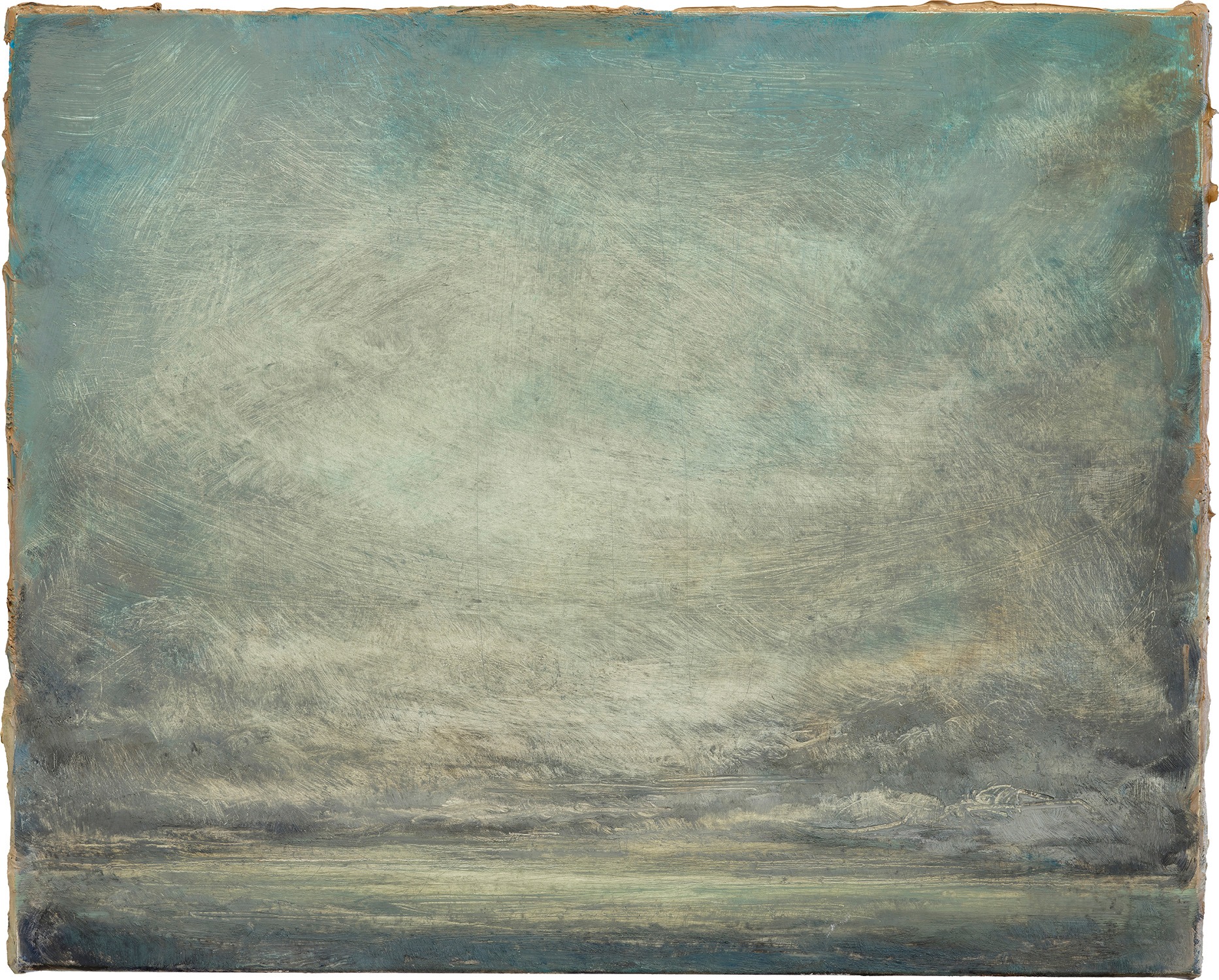

18
Lucas Arruda
Untitled
Further Details
Full-Cataloguing
Lucas Arruda
BrazilianLucas Arruda is a Brazilian contemporary artist who lives and works in São Paolo. Arruda paints diffusive land- and seascapes characterized by faint horizon lines, intense internal light, and a placid expression of the sublime. His paintings recreate the unrelenting violence of nature, blending wisps of clouds and the foam of the sea into the indistinguishable whole of the storm. His works are meditations on memory and loss, created by paradoxically using abstraction as a means to achieve illusory figuration.
Arruda’s paintings are marked both by an all-encompassing elusiveness and an immersive turbulence of form. Primarily working on an intimate scale, Arruda co-opts the onerous expressiveness of abstract painting to create scenes of the intense power and beauty of nature. Arruda’s formal experimentations with the temperament of light and the capabilities of tonality align his work with that of James Abbott Whistler and J.M.W. Turner as much as with that of Mark Rothko and Clyfford Still.